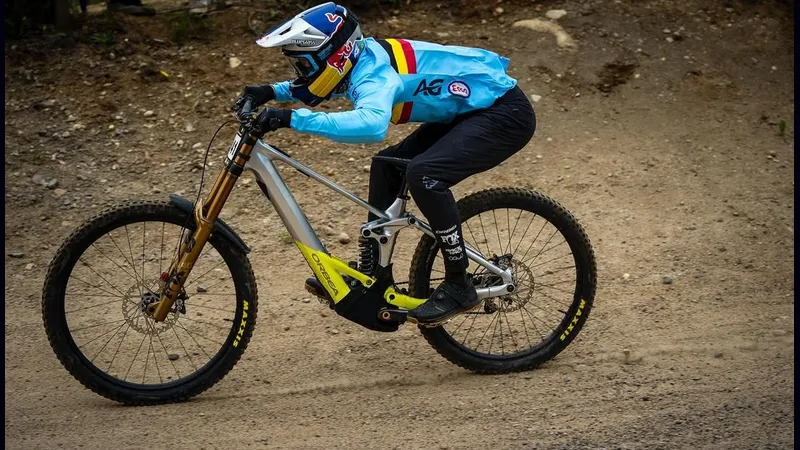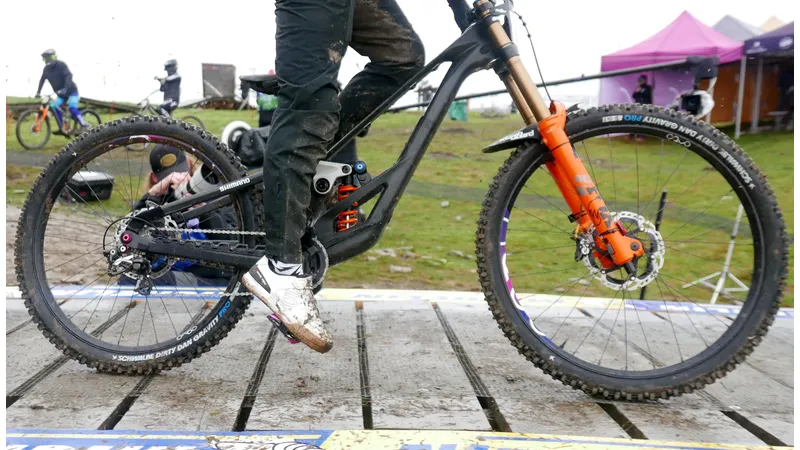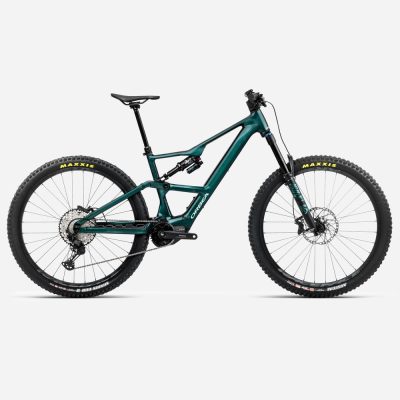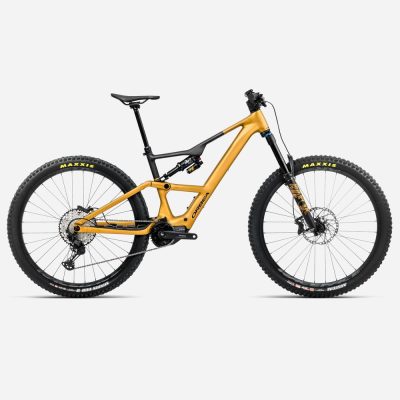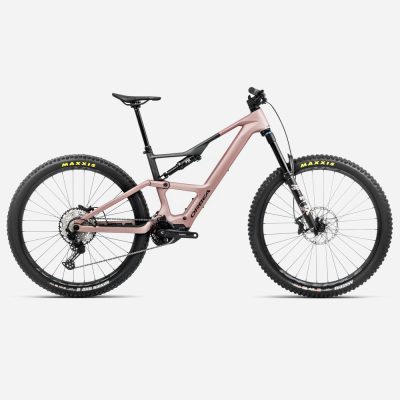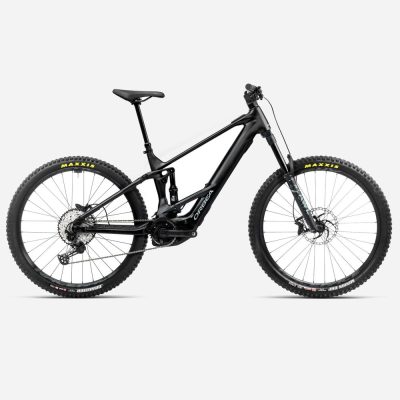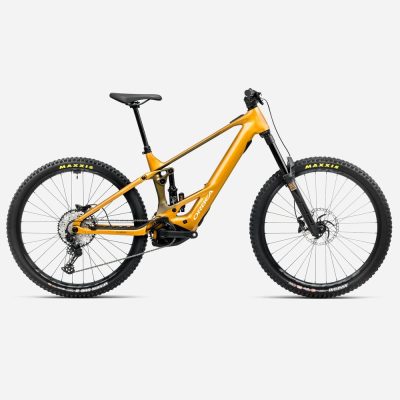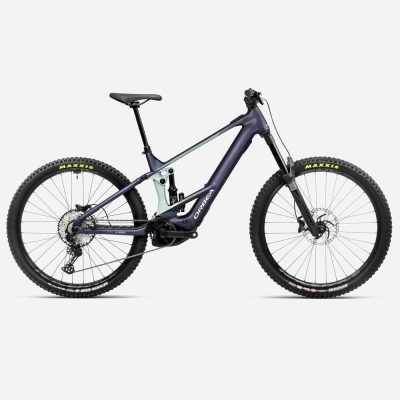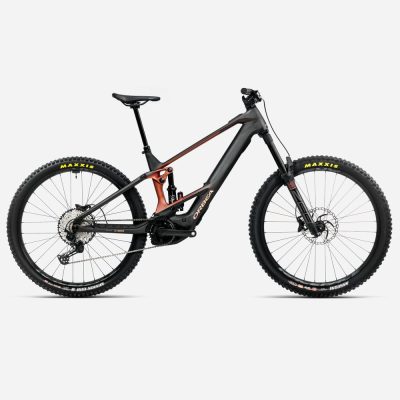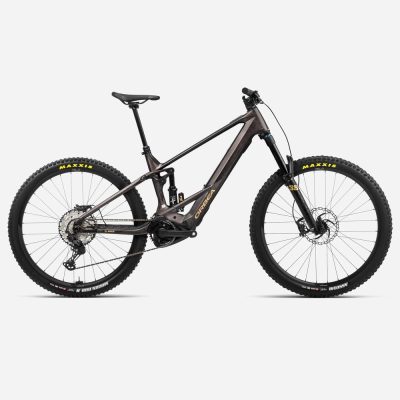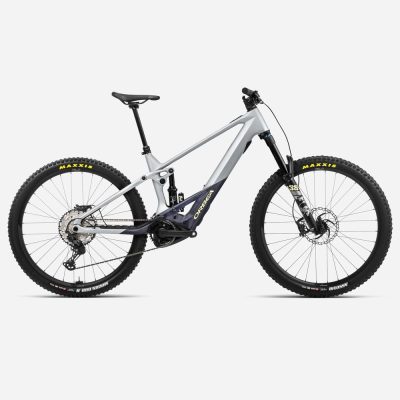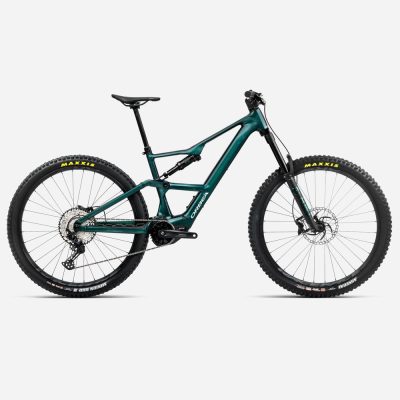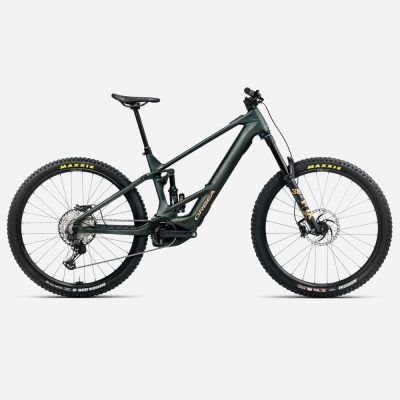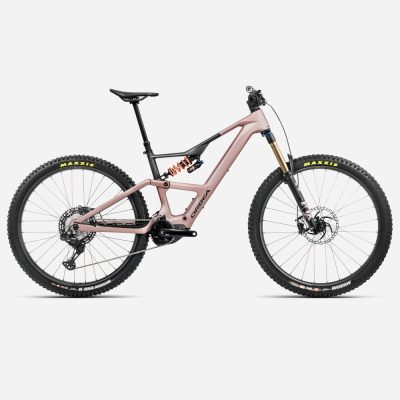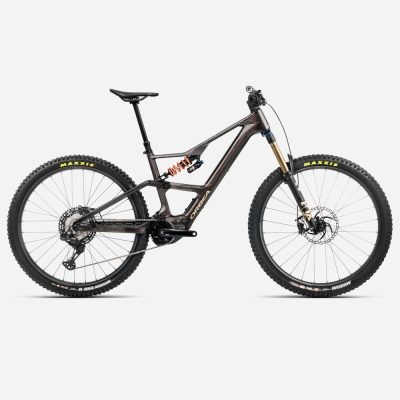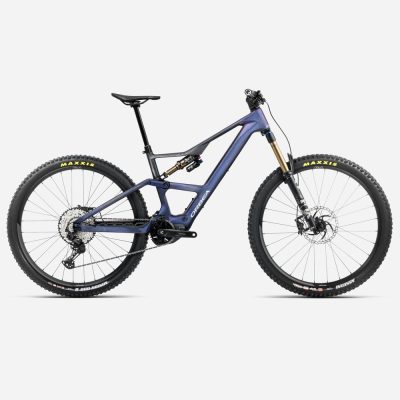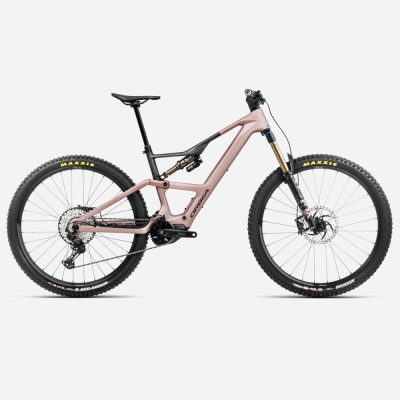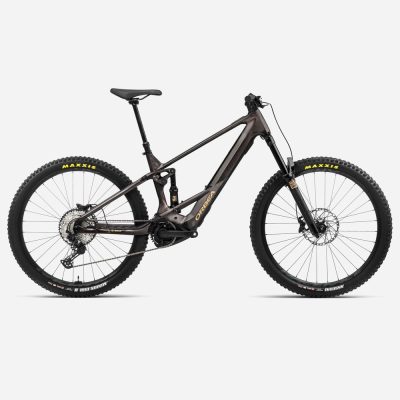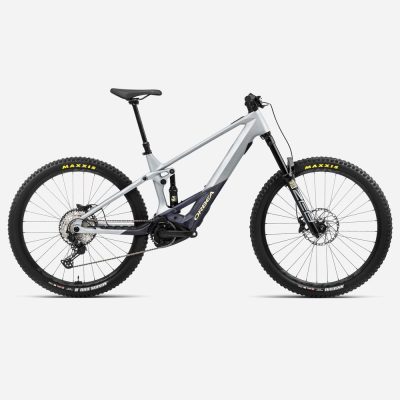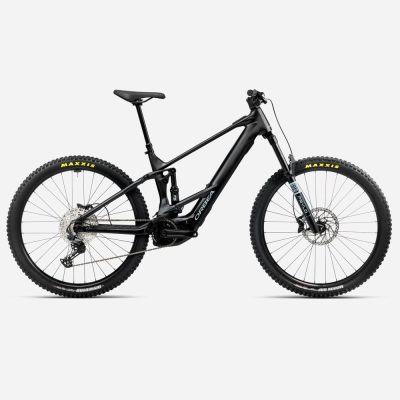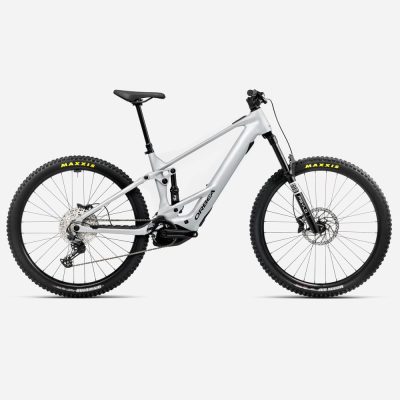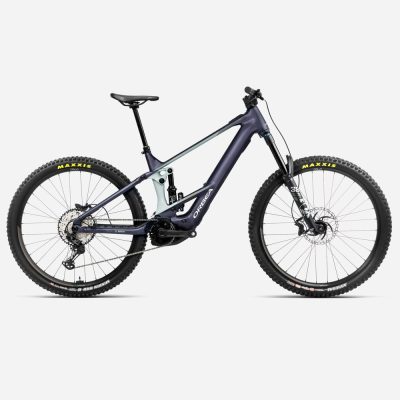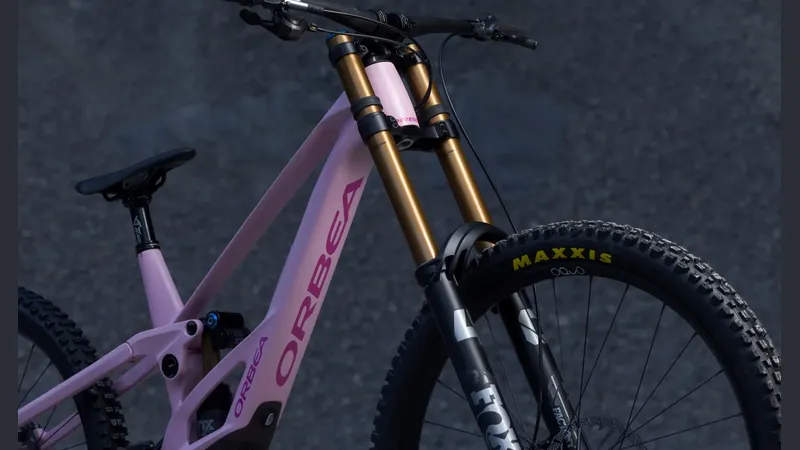Downhill (also called DH) is the queen of gravity disciplines in MTB, a world of speed, technicality and adrenaline. You descend at breakneck speed on steep tracks, full of jumps up to 12 meters, vertical drops and altitude differences that vary from 300 to 800 meters.
It's not a smooth ride: you need stamina, agility and composure as you hurtle toward the finish line.
How long is a downhill race?
Downhill races are among the most spectacular and adrenaline-filled competitions in the world of MTB. They are tests against the clock where every second counts: timed descents last on average from 2 to 5 minutes, on tracks that can vary from 2 to 5 kilometers. The routes, often created inside bike parks or in natural environments, are full of obstacles such as jumps, rock gardens, roots, vertical drops and tight turns. The races follow a heat format: first a qualification and then a final, both timed. The gaps are minimal, often less than a second, which makes each race a technical and mental challenge of very high intensity.
What is the difference between downhill and enduro?
There The main difference between downhill and enduro is the approach and the type of routes faced. The downhill is focused exclusively on the descent: you go up with ski lifts (cable cars or shuttles) and you go down on technical and steep trails. DH bikes have a very slack geometry, with steering angles of at least 62°, and generous suspension with travel between 200 and 240 mm at both the front and rear, designed to withstand extreme stress.
Enduro, on the other hand, is a discipline that combines uphill sections and timed descents.. Enduro bikes are lighter and more versatile, with intermediate travel (usually between 150 and 170 mm) and less extreme geometry, to better adapt to mixed sections. In practice, if downhill is pure speed downhill, enduro is a mix of resistance, technique and strategy.
What do you need to go downhill?
To practice downhill safely and efficiently, you need specific equipment, designed to withstand the extreme stresses of this sport:
- DH full suspension bikes: a mountain bike with at least 200 mm of suspension, a reinforced aluminum or carbon frame, slack geometry, and powerful disc brakes. It is the essential means of tackling steep descents, rough terrain, and high-speed sections with full control.
- Full protections: full-face motocross-style helmet, chest or body armor for the upper body, as well as certified elbow and knee pads. These elements are essential to absorb shock and prevent trauma in the event of a fall.
- Technical clothing: long-sleeved shirts in breathable fabric, pants or shorts reinforced at the hips and knees. Shoes must have a rigid sole and high grip, ideal for flat pedals and to maintain stability even on the roughest stretches.
- Essential accessories: durable gloves with palm and knuckle reinforcements, anti-fog glasses or masks to ensure visibility even in dusty, muddy or humid conditions.
- Emergency Kit: It's always helpful to carry a spare inner tube, mini pump, multi-tools, and if possible, a technical backpack with an integrated back protector for an extra level of protection.
MTB DH, what bike do you need for downhill?
To tackle downhill with the right equipment you need Full suspension MTB DH specs, designed to dominate the most challenging descents with maximum stability and resistance.
- Chassis: built in aluminum or ultra-resistant carbon, it has a geometry designed for high speed. The V design and the “slack” steering angles (very open) guarantee superior control when cornering and on technical sections.
- Suspensions: Downhill bikes are equipped with a double crown front fork, with at least 200 mm of travel, designed to provide torsional rigidity and progressive absorption in the roughest sections. At the rear, the travel can be up to 240 mm, with air or coil shocks calibrated to handle high-energy impacts, drop landings and sequences of roots or rocks without losing traction and stability.
- Wheels: Downhill mountain bikes use 27.5-inch and 29-inch wheels paired with wide 2.5-inch to 2.8-inch tires to maintain grip on rough terrain, when cornering, and at high speed.
- Brakes: DH bikes feature hydraulic disc brakes with oversized 200 or 220 mm rotors and 4-piston calipers, to dissipate heat on long descents and ensure consistent response even under stress.
- Transmission: minimalist and robust, often with a single chainring and chain guide to prevent the chain from falling on rough sections.
- DH-specific components: extra wide handlebars (780–800 mm) for a more stable ride, short stem, low saddle and freewheel designed to withstand the violent forces of descents.
Orbea Rise LT H10 2025
Orbea Rise LT M20 Carbon 2025
Orbea Wild ST H20 2025
Orbea Wild H20 2025
Orbea Wild M20 Carbon 2025
Orbea Wild M10 Carbon 2024
Orbea Rise LT H20 2025
Orbea Wild M10 Carbon 2025
Orbea Rise LT M-TEAM Carbon 2025
Orbea Rise LT M10 Carbon 2025
Orbea Wild M20 Carbon 2024
Orbea Wild ST H30 2025
Orbea Wild H10 2025
Orbea Wild H10 2025
Orbea Rise LT M-TEAM Carbon 2025
Orbea Rise LT M20 Carbon 2025
Orbea Wild ST H30 2025
Orbea Wild M10 Carbon 2024
Orbea Wild M20 Carbon 2024
Orbea Wild M10 Carbon 2025
Orbea Wild ST H20 2025
Orbea Wild H20 2025
Orbea Rise LT H10 2025
Orbea Rise LT H20 2025
Orbea Rise LT M10 Carbon 2025
Orbea Wild M20 Carbon 2025
How much does a downhill bike weigh?
The weight of DH bikes varies between 15 and 18 kg. Some carbon models manage to get under 15kg, but most favour solidity and the ability to absorb impacts, rather than minimum weight.
How to dress for downhill?
Downhill clothing must combine functionality, durability and freedom of movement, because every detail can make the difference during a challenging descent.
- Long-sleeved technical shirt: made of breathable, lightweight and tear-resistant fabric, which protects the arms and torso from abrasions and external agents, keeping the body dry even during the most intense descents.
- Reinforced trousers that guarantee mobility and protection, often equipped with reinforcements on the knees and saddle area, with fabrics resistant to impacts and continuous rubbing. Some models include strategic pockets and elastic inserts at the flex points.
- DH specific shoes: they must guarantee grip and stability on flat pedals. The best ones have rigid soles with high-grip compounds, reinforced toes and good lateral protection to resist impacts with rocks or roots.
- Gloves technicians: essential for maintaining control of the handlebars, they must be breathable, non-slip and equipped with reinforcements on the knuckles and palms, ideal for dampening vibrations and protecting in the event of a fall.
What accessories do you need for downhill?
To prepare for downhill, you not only need a suitable DH MTB, but you also need the right equipment protections to ensure your safety during every adventure.
- Helmet: a full-face DH helmet is preferable to protect your head from any impacts.
- Protective mask for clear vision.
- Elbow and knee pads
- Chest or back protector to protect your back.
- Compact backpack with back protector and space for snacks, room and tools.
- Chain guide: protects the transmission on very rough surfaces.
- Camera and portable tools: to repair in the field.
Downhill is for those who are not content to stay in the saddle: it is for those who want to dominate the mountain curve after curve, jump after jump. If your goal is to improve control, push harder and ride more precisely, the right bike is the place to start.

